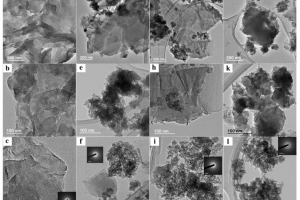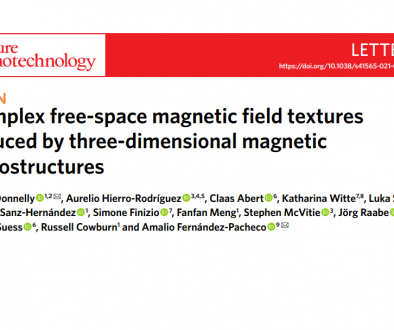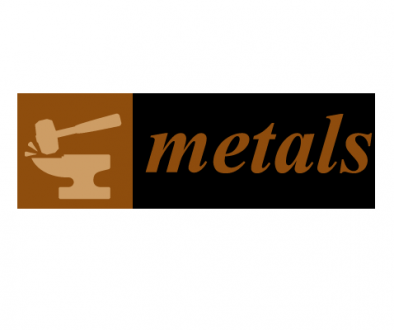Exfoliation and europium(III)-functionalization of α-titanium phosphate via propylamine intercalation: from multilayer assemblies to single nanosheets
Detalles de la Publicación
Revista: Adsorption volume 26, pages 241–250 (2020)
Autores: García-Glez, J., Trobajo, C., Adawy, A., Amghouz, Z.
Factor de Impacto: 1,713
Resumen
Layered α-titanium phosphate intercalated with propylamine, Ti(HPO4)2·2C3H7NH2·H2O (α-TiPPr), has been synthesized by solid-vapour reaction and then exfoliated via a single-stage approach based on overnight stirring in aqueous medium. The obtained nanosheets were then functionalized using solid–liquid reaction with europium(III) nitrate aqueous solutions. The obtained materials were characterized by powder X-ray diffraction (PXRD), N2 adsorption–desorption isotherms at 77 K, scanning electron microscopy (SEM), transmission electron microscopy (TEM, SAED, STEM-EDX), atomic force microscopy (AFM) and photoluminescence spectroscopy (PL). The europium(III) sorption takes place via two distinct pathways, the first is the previously reported C3H7NH3+/[Eu(H2O)6]3+ ion-exchange process into the titanium–phosphate interlayer space of the multilayered α-TiPPr. The second pathway is the self-assembly of single-sheets which is provoked by electrostatic interactions between the negatively charged titanium–phosphate sheets and the Eu(III)-aqueous cations, leading to the formation of layered nanoparticles.
- TEM images of Eu_0 (a–c), Eu_0.8 (d–f), Eu_1.6 (g–i) and Eu_2.4 (j–l)





